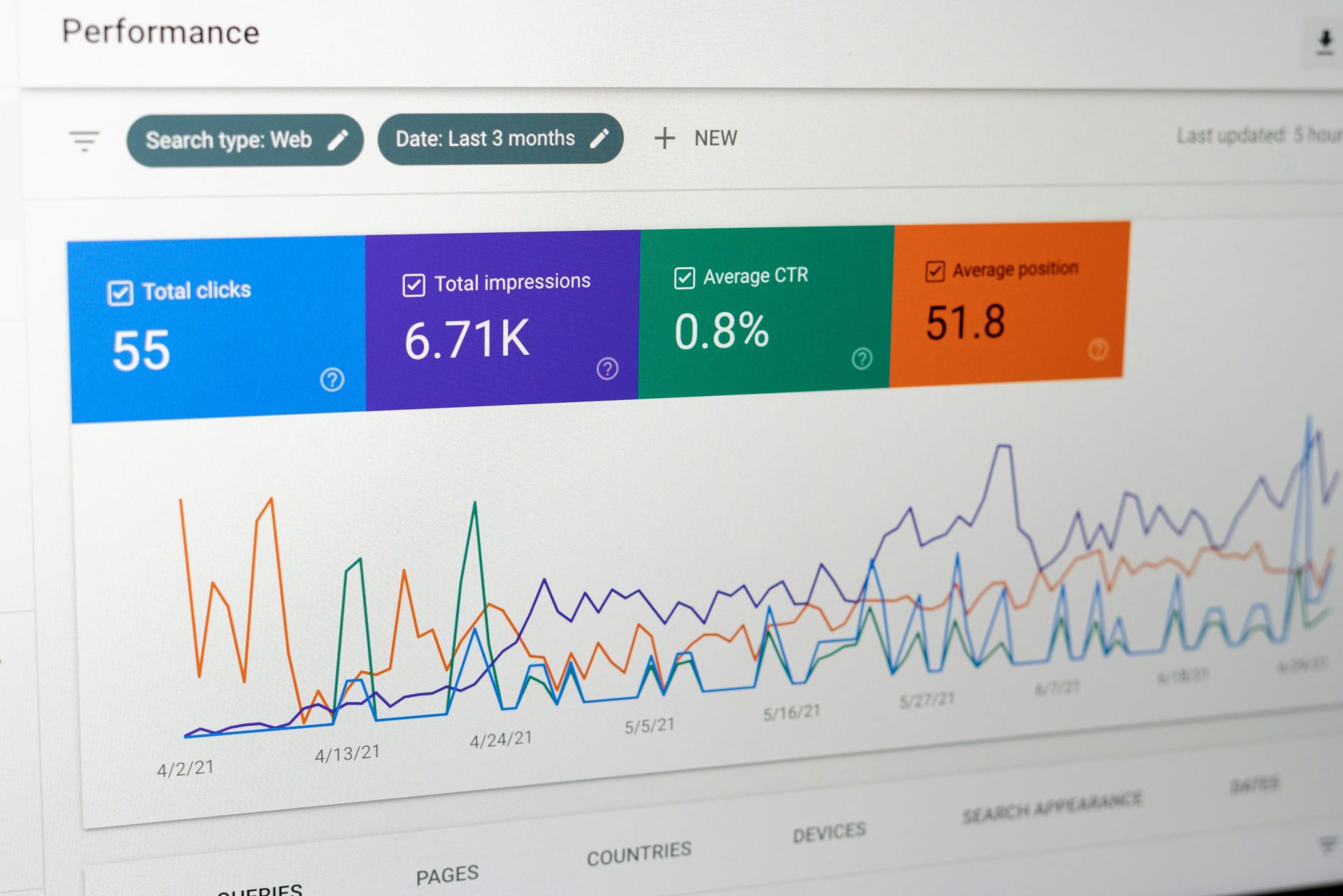
Introduction
Google Performance Max campaigns have undoubtedly emerged as a valuable tool for marketers seeking to maximize their advertising performance on the Google network. With its sophisticated machine learning capabilities and extensive reach across various channels, Performance Max campaigns can deliver superior results to businesses of all sizes. However, to harness the full potential of this powerful advertising tool, it is essential to set up campaigns correctly from the outset. In this blog post, we will explore the best practices for Google Performance Max campaign set-up, equipping you with the knowledge to create effective campaigns that drive exceptional results.
- Define Clear Campaign Objectives Before diving into campaign creation, it is crucial to establish clear objectives for your Performance Max campaign. Are you seeking to generate leads, drive website traffic, or increase conversions? Identifying your goals will help you make informed decisions throughout the campaign set-up process.
- Set Realistic Budgets and Bidding Strategies To ensure optimal budget allocation, begin by analyzing historical data and identifying your best-performing campaigns. Allocate budgets based on their individual potential for success. Additionally, take advantage of Google’s automated bidding strategies like target CPA or target ROAS to enhance campaign performance while maintaining control over spending.
- Create High-Quality Assets Performance Max ads utilize a wide variety of ad formats and sizes across different channels. To make the most of these placements, ensure you provide high-quality and diverse creative assets. From engaging images to compelling headlines and descriptions, invest time and effort in crafting visually appealing and persuasive ads that resonate with your target audience.
- Implement Conversion Tracking Accurate conversion tracking is crucial for measuring campaign success and making data-driven optimizations. Implement Google’s conversion tracking tools, such as Google Ads Conversion Tracking or Google Analytics, to accurately track and attribute conversions to your Performance Max campaigns. This will enable you to optimize your campaigns based on performance metrics that matter most to your business.
- Leverage Responsive Ads One of the key strengths of Performance Max campaigns is their ability to optimize creative elements across various placements dynamically. To take full advantage of this feature, leverage responsive ad formats, which allow Google’s machine learning algorithms to test and optimize different combinations of creative assets automatically. Regularly review and update your responsive ads to ensure they continue to align with your campaign goals and resonate with your audience.
- Utilize Audience Targeting To maximize the impact of Performance Max campaigns, combine the power of machine learning with precise targeting. Leverage Google’s audience targeting options, such as remarketing lists, in-market audiences, and customer match lists, to reach highly relevant users who are more likely to convert. By targeting the right audience, Performance Max campaigns can generate higher engagement and lower acquisition costs.
- Optimize and Monitor Performance Continuous optimization is key to improving the performance of Performance Max campaigns. Regularly monitor key performance indicators (KPIs) such as conversion rates, click-through rates, and return on ad spend (ROAS). Identify underperforming elements, such as specific placements or ad combinations, and make data-driven adjustments to improve results further. Additionally, leverage Google’s Search Console and Google Analytics to gain deeper insights into user behavior and refine your targeting and messaging strategies accordingly.

Conclusion
Setting up Google Performance Max campaigns can be a game-changer for advertisers looking to maximize their online advertising potential. By following these best practices, including establishing clear objectives, creating high-quality assets, leveraging responsive ads, and optimizing performance through data-driven decision-making, you will be well-positioned to unlock the full potential of Performance Max campaigns and achieve exceptional results for your business. Remember, continuous monitoring and optimization will be essential to stay on top of evolving trends and changes in user behavior, ensuring your campaigns remain effective and successful in the long run.
